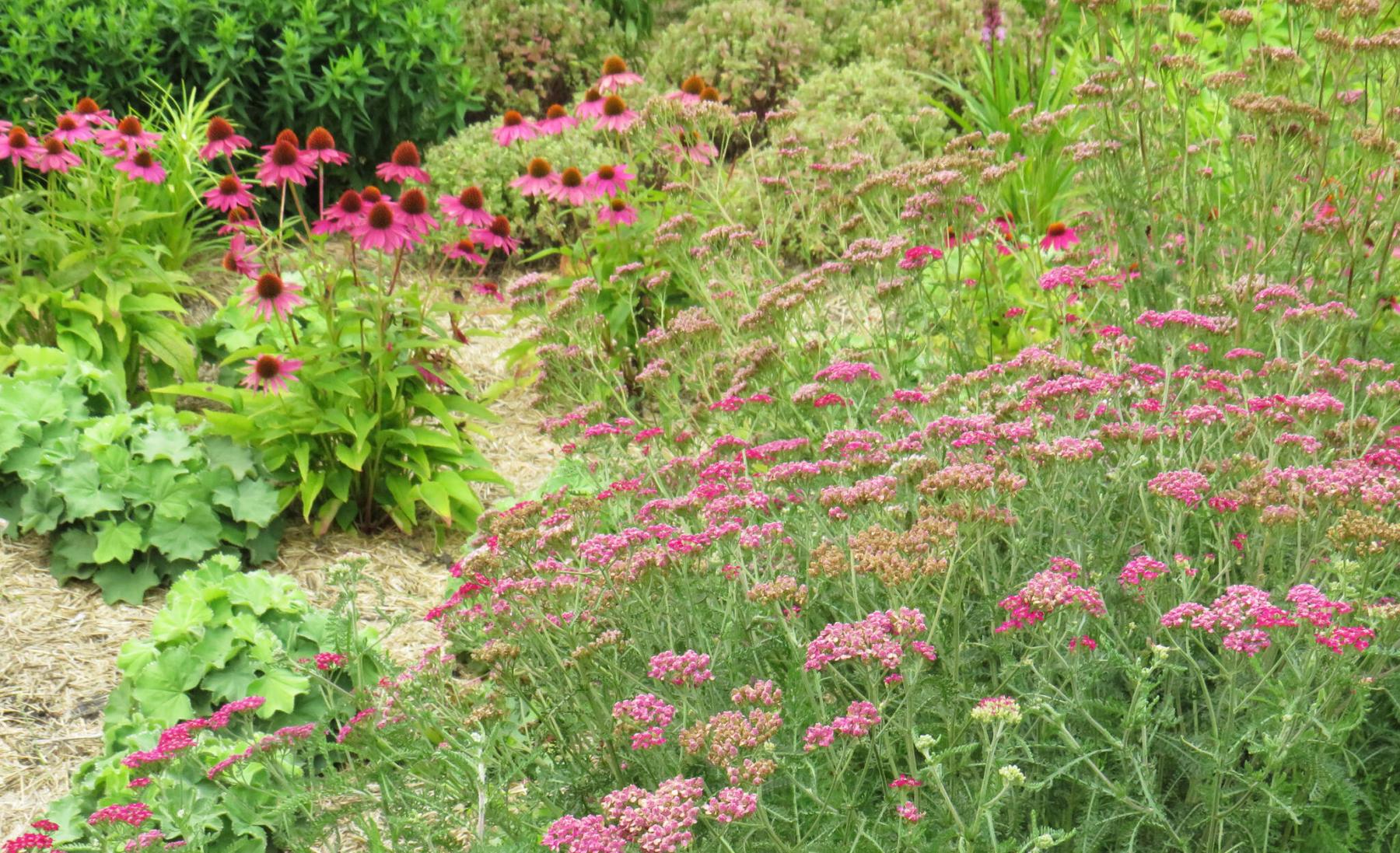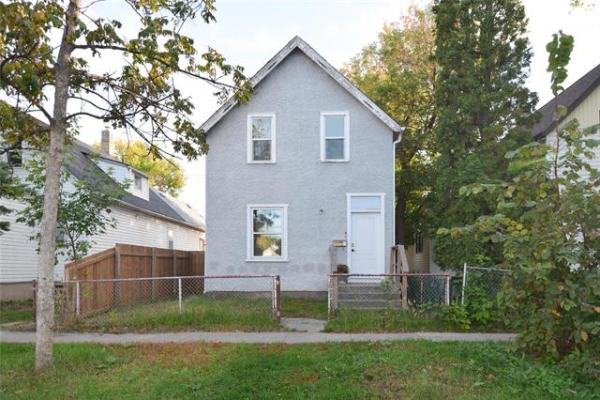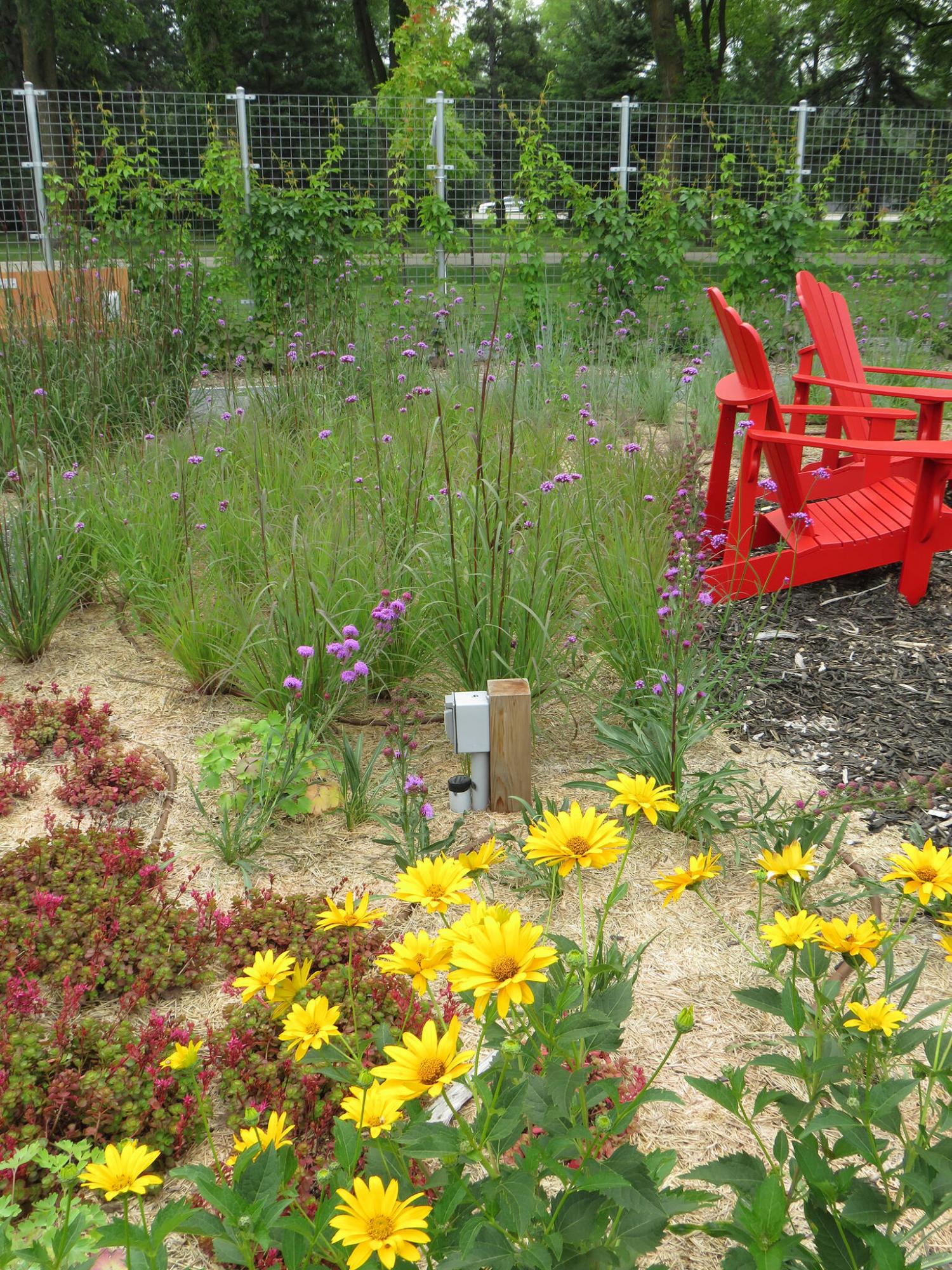
Photos by Colleen Zacharias / Winnipeg Free Press
An attractive pairing: Summer Sun false sunflower and Verbena bonariensis.
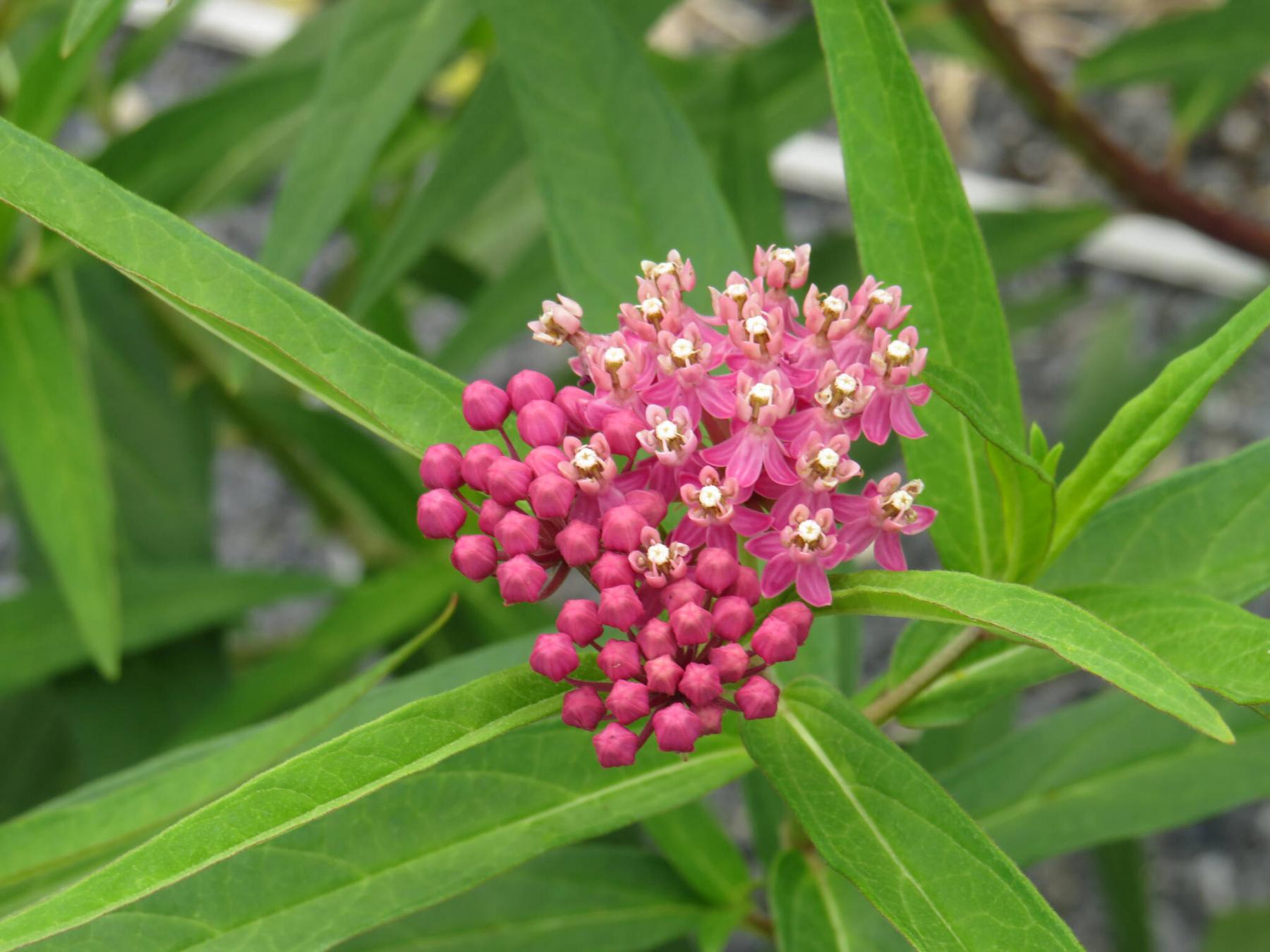
Asclepias Cinderella milkweed is a captivating pollinator and people magnet.
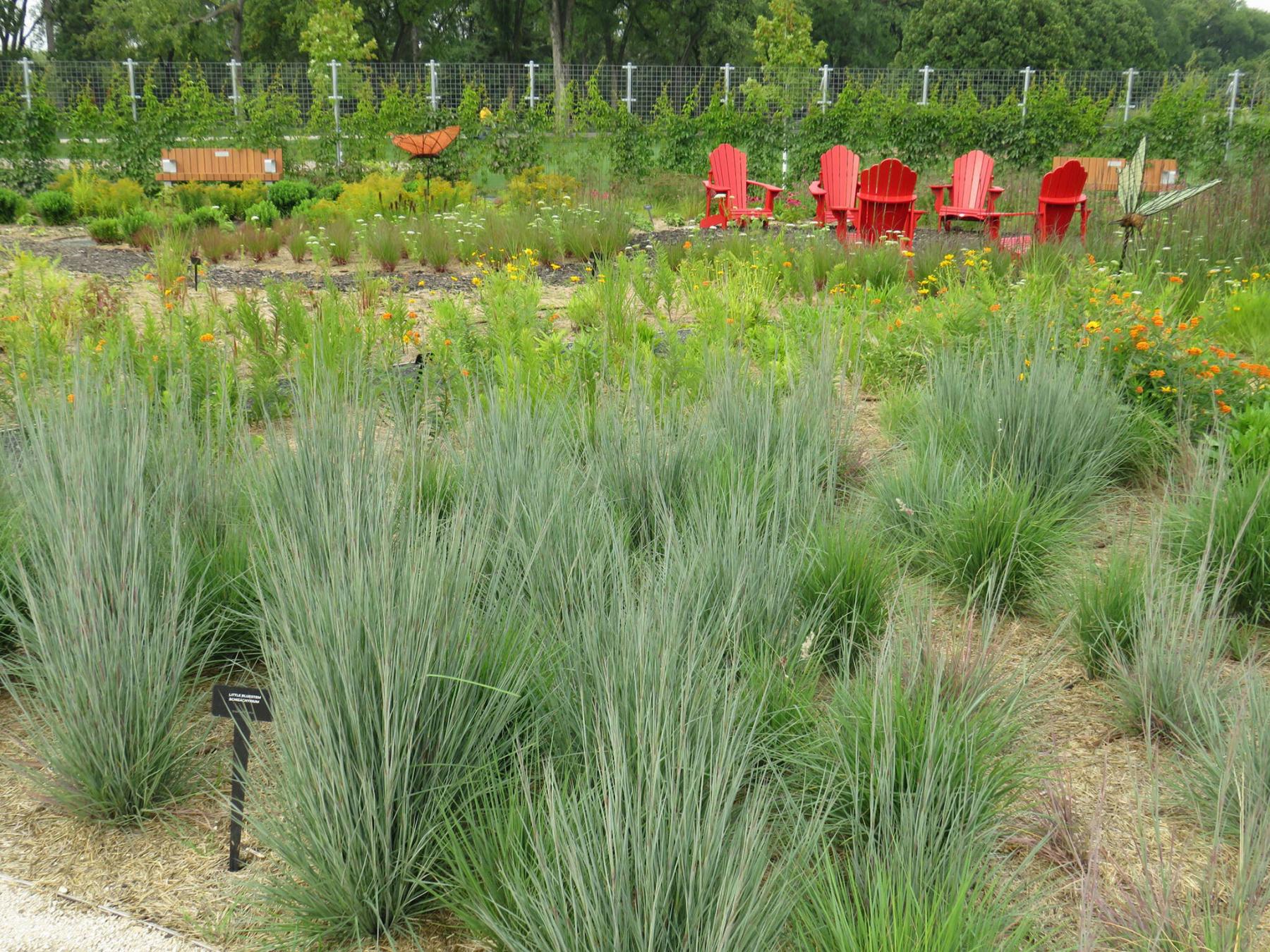
A mass planting of Little Bluestem grass, just one of the many varieties of grasses found at the outdoor gardens at The Leaf.
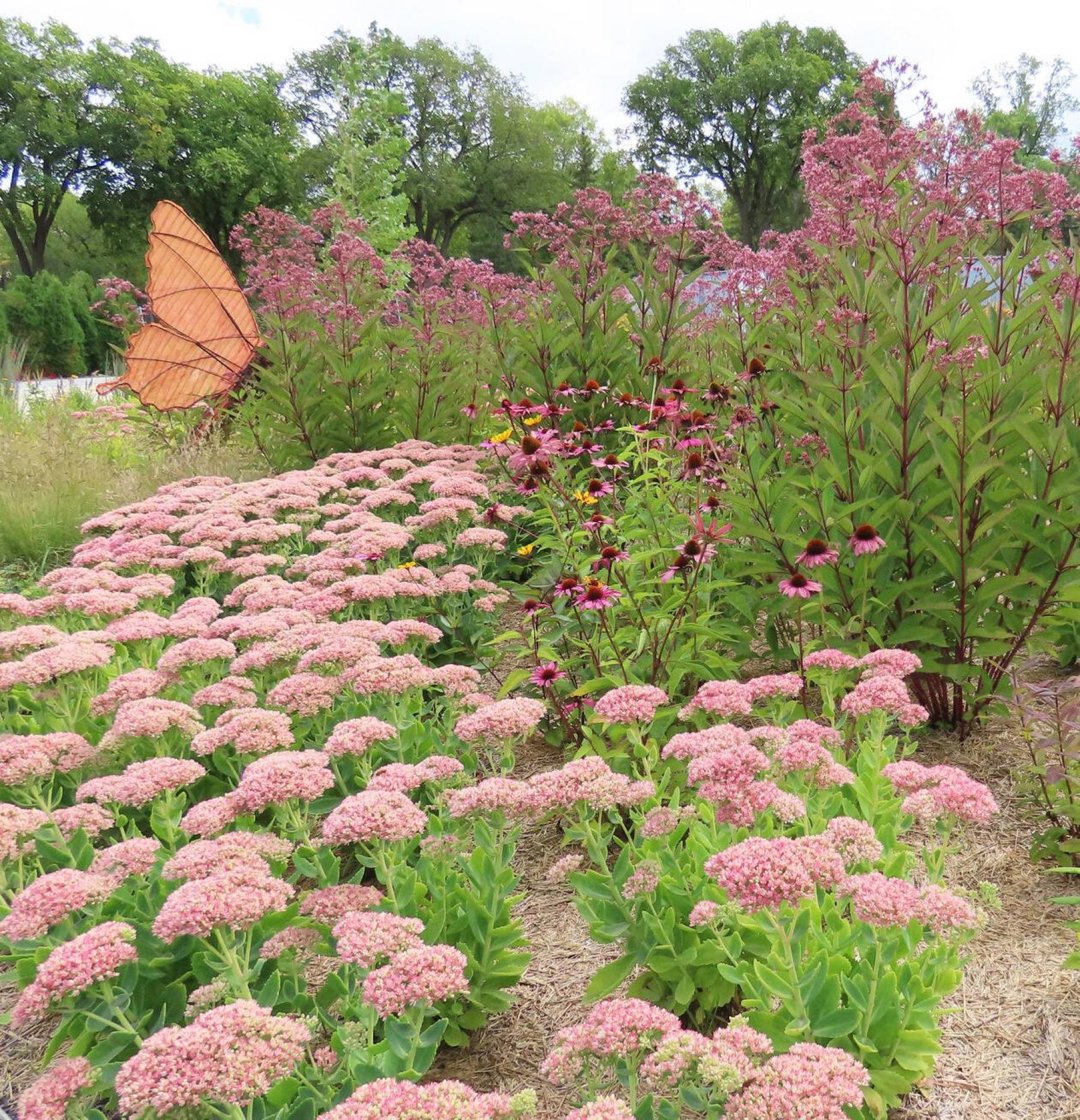
Tall Joe Pye weed, Autumn Joy sedum, and purple coneflower bring rosy colour to the late season garden.
The outdoor gardens at The Leaf at Assiniboine Park include six unique gardens — Indigenous Peoples Garden, Kitchen Garden, Sensory Garden, Performance Garden, Seasonal Garden, and The Grove. In 2020, over 36,000 perennials, grasses, shrubs, and trees were planted in the new gardens with another 2,000 plants installed in 2021. Many more are planned for this year. If you’re wondering what you should plant in your garden this year and how to successfully mix different perennials, take a leaf out of The Leaf’s book and inspire your creativity.
Last year, beginning in late August, I made multiple visits to the outdoor gardens at The Leaf. There is so much to discover. Taken as a whole, the overall design of each garden and the stories they tell is captivating. You can’t help but admire the gardens for their beauty, intimacy, and uniqueness but the closer you look, the more that the individual parts reveal. Intention is evident wherever your gaze falls. The plantings work in tandem. Pick a section, any section, and you will find a curated selection of high-performance plant pairings that perform brilliantly by connecting to one another as well as to their surroundings.
There is not enough space here to describe each of the gardens in detail so let’s take a stroll through the Seasonal Garden. The Seasonal Garden features perennial plants that have different bloom periods throughout the growing season as well as beautiful foliage and stems. Plant pairings emphasize compatibility — and lower maintenance — by sharing similar requirements for ideal light, soil, and moisture conditions. The naturalistic plantings offer an abundance of accessible pollen and nectar. Bees, butterflies, and beneficial insects can easily flit and flutter back and forth between companion plants. The cohesive design means less work for everyone.
In one area, a massive clump of tall Joe Pye Weed is accented by Autumn Joy sedum and purple coneflower planted in large groupings. Hardy and reliable, each of these plant varieties bring colour and structure to the late season garden. Eupatorium (Joe Pye weed) is an architectural plant with deep pink flowerheads and bold foliage. A specimen plant, Joe Pye weed grows more than six feet tall and spreads quickly by underground rhizomes. If you need something smaller, consider Little Pye Joe Pye Eupatorium maculatum, a new introduction that will be available this year. Little Pye Joe Pye is hardy to zone 3 and has a mature height of less than 36 inches.
Drifts of Echinacea coneflower are a hallmark throughout the Seasonal Garden. The prominent central cones are a favourite of butterflies and the dried seed heads provide winter food for many birds. There are so many types of echinacea available on the market today but the most classic variety is Echinacea purpurea Magnus (purple coneflower) which was selected as Perennial Plant of the Year in 1998. In one area of the garden sea lavender (Limonium latifolium) with its skirt of large, leathery-green leaves and cloud-like sprays of tiny lavender flowers is planted next to Prairie Mallow Stark’s Hybrids which produces spikes of pretty pink flowers. Nearby are drifts of purple coneflower and pink-flowered yarrow (achillea) with an underplanting of Lady’s Mantle (Alchemilla mollis), a mounding perennial with scallop-edged leaves and billowing sprays of yellow-green flowers.
All of these are heat and drought tolerant as well as favourites of pollinators. I was attracted to the use of Prairie Mallow Stark’s Hybrids and yarrow, both varieties that I have yet to try in my garden. Prairie Mallow Stark’s Hybrids has a rigidly upright form and a mature height of about 18 inches. Slender in form, it would blend easily into a garden space. Yarrow is a versatile perennial with flat-topped flower umbels that are an ideal landing pad for pollinators. There are many varieties of yarrow with different flower colours to choose from. Skysail Bright Pink yarrow and Skysail Fire yarrow, for example, both offer large clusters of flowers and fern-like leaves on strong stems as well as proven hardiness in our zone 3 climate.
There is also an expansive drift of Verbena bonariensis with clusters of purple flowers atop ultra-slim but erect stems. In our cold climate, Verbena bonariensis is an annual. Collect seed in fall and sow in spring. Some garden centres also sell seedlings. Don’t be put off by the spindly appearance of the seedlings. A drift of Verbena bonariensis in mid- to late summer is an enviable sight worth waiting for.
But as much as I admired the Verbena bonariensis, I fell in love with the mass planting of meadow-rue (Thalictrum). Again, there are many varieties of meadow rue. An identifying feature of meadow rue is the rounded foliage like that of Columbine, but hardly anyone grows meadow rue for the foliage. Rather, it is grown for its large cloud-like sprays of tiny flowers. Thalictrum rochebruneanum Lavender Mist meadow-rue is a taller species (about 5 ft) with dark-purple self-supporting stems and lavender flowers with showy yellow stamens. The textural contrast and vertical interest that both Verbena bonariensis and meadow-rue bring to the Seasonal Garden as well as the choice of nearby ground cover varieties are worth emulating.
Summer Sun false sunflower (Heliopsis helianthoides) is used throughout the Seasonal Garden as an accent plant. A daisy-flowered perennial, false sunflower has a long bloom period (early summer to fall). Sun-loving Summer Sun grows to a height of approximately three feet and produces an abundance of semi-double golden daisies.
Naturally there is plenty of Asclepias (milkweed) in the Seasonal Garden. My two favourites are Asclepias incarnata Cinderella which has vanilla scented, rose pink flowers and Asclepias tuberosa with bright orange five-petalled flowers. Asclepias tuberosa was named as Perennial Plant of the Year in 2017. Both are native to North America and rich with nectar and pollen to attract butterflies, bees, hummingbirds, and other beneficial insects. The showy seed pods add yet another layer of interest.
One of the things I like best about the Seasonal Garden is the impressive selection of ornamental grasses that successfully demonstrate that Karl Foerster feather reed grass does not have to be our only choice. To name just a few of the grass varieties, at the entrance to the Seasonal Garden stands Panicum virgatum Heavy Metal switch grass with its strong stems of blue-tinted foliage that never flop. On my visit in late August, Heavy Metal’s airy sprays of delicate seed heads were in full display. There is also a mass planting of Little Bluestem, Perennial Plant of the Year for 2022. Compact, Little Bluestem has silvery blue leaves. Another beauty is Autumn Red maiden grass which has dark green leaves that turn flame orange in fall.
Of course, as you incorporate plants into your home landscape, you will want to create your own signature style. Be inspired by what you see and remember that there are many options for cultivars that are available in the colours and sizes most suited to your garden style. But if you are looking for great ideas about what to plant and which types of plants work well together, plan to visit the gardens at The Leaf — again and again.
colleenizacharias@gmail.com

